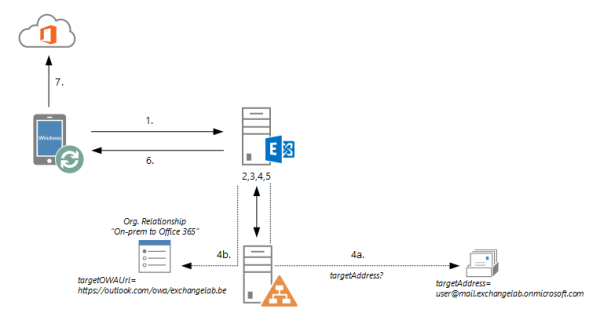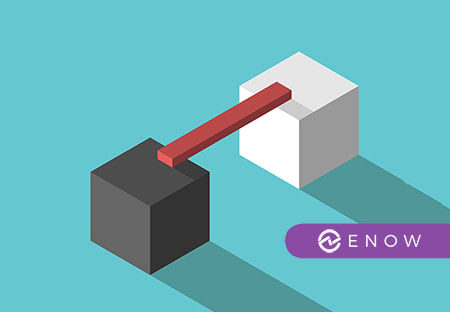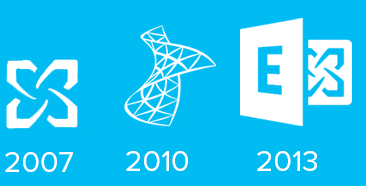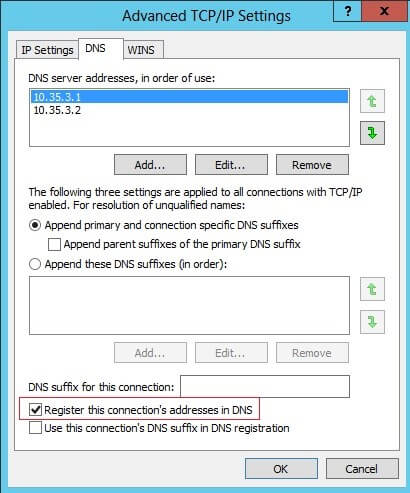Microsoft fixes 'important' security vulnerability in Exchange 2013 in MS15-064
Yesterday, Microsoft issued its monthly security bulletin. This time around, the bulletin also includes a fix for a vulnerability that affects only Exchange 2013 environments.













